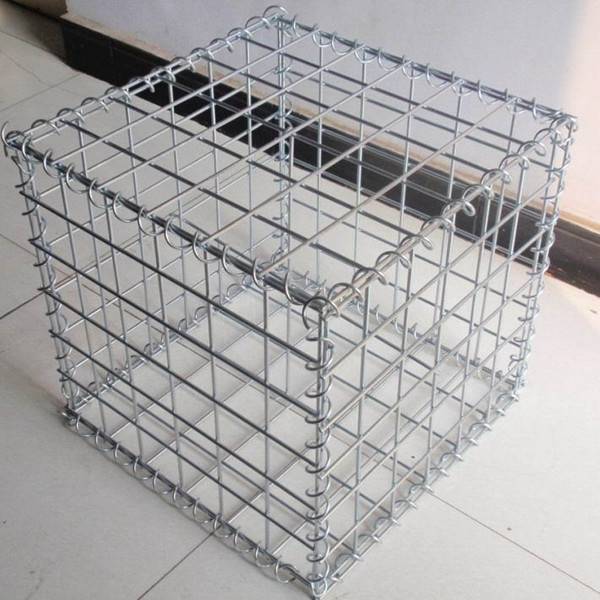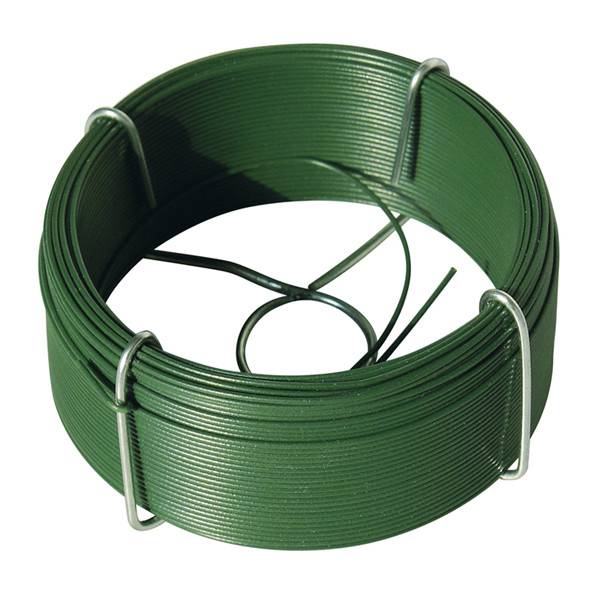
Aug . 27, 2024 15:38 Back to list
Cost of Barbed Wire per Meter
The Cost of Barbed Wire per Meter An Overview
Barbed wire has been a staple in fencing and security for over a century. Originally invented in the 19th century, its primary use was in agriculture to contain livestock and delineate property lines. However, over the years, its applications have expanded, including security fencing, military installation boundaries, and even wildlife management. Understanding the cost of barbed wire per meter is essential for individuals and businesses considering its use for various projects.
Factors Influencing the Cost
Several factors influence the cost of barbed wire, primarily its material, gauge, coating, and length. The most common materials used in barbed wire production are high-carbon steel and galvanized steel. High-carbon steel offers greater strength, while galvanized steel provides rust resistance, making it ideal for outdoor applications. Prices for these materials can fluctuate based on market conditions, affecting the overall cost per meter.
Another significant factor is the gauge of the wire. The gauge refers to the thickness of the wire, with lower gauge numbers indicating thicker wire. Thicker gauges tend to be more durable and resilient against environmental factors, which can justify their higher price. When choosing barbed wire, it is crucial to balance the need for strength with budget considerations.
The type of coating applied to the wire also impacts the price. Galvanization is a common treatment that increases the wire's longevity by protecting it from rust and corrosion. However, additional coatings, like vinyl or polymer, are available, which further increase durability and aesthetics but can significantly raise costs.
cost of barbed wire per meter

Average Price Range
As of recent market data, the cost of barbed wire per meter can vary significantly. On average, a standard galvanized barbed wire can cost between $0.30 to $0.80 per meter. Thicker gauges or specialty coated wires may range from $0.80 to $2.00 per meter or more, depending on local supply and demand. Individuals should also consider the potential need for posts and other hardware, as these can add to the overall fencing budget.
Long-term Considerations
Investing in barbed wire is not solely about the initial cost; long-term considerations come into play as well. A higher upfront expense for a thicker, galvanized wire may result in lower maintenance costs and longer lifespan, making it a more economical decision in the long run. Additionally, utilizing properly installed barbed wire can decrease the risks of livestock escape or security breaches, ultimately saving significant costs related to losses.
Conclusion
Understanding the cost of barbed wire per meter is critical for anyone looking to implement a fencing solution. By considering factors such as material, gauge, and coating, consumers can make informed decisions that fit their budget while ensuring the necessary strength and durability for their particular needs. As barbed wire continues to serve various sectors, from agriculture to security, being well-informed can lead to wiser purchasing decisions and more effective boundary solutions.
-
Custom Welded Wire Mesh: Durable, Versatile, and Sustainable Solutions for Global Applications
NewsNov.24,2025
-
Custom Weld Mesh – Tailored Solutions for Durable Industrial Fencing & Construction
NewsNov.24,2025
-
Comprehensive Guide to Chicken Welded Wire Mesh: Uses, Benefits & Suppliers
NewsNov.23,2025
-
BRC Weld Mesh – Durable Reinforcement Solutions for Modern Construction
NewsNov.23,2025
-
Durable BRC 3315 Mesh for Reliable Concrete Reinforcement | Hardware In Store
NewsNov.23,2025
-
Discover the Benefits of Green Weld Mesh – Durable, Sustainable Fencing Solutions
NewsNov.22,2025
Products categories











